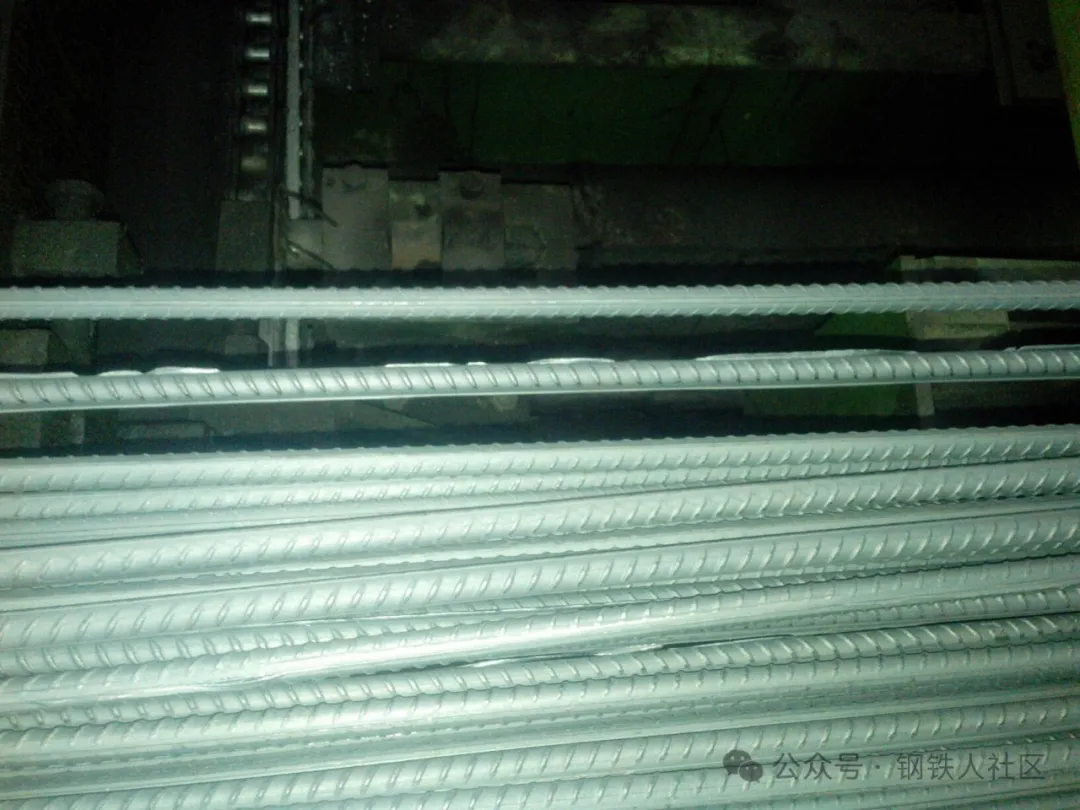The reason and solution of "bulging belly" in steel rolling process

As shown in the figure above, there is an intermittent "bulge" phenomenon on the finished product, the higher the rolling temperature, the more obvious the rolling defects, and the lower the temperature will be better.
Here's why:
Sulfur in the solid state, the solubility of sulfur in iron is very small, in the form of FeS exists in steel. The plasticity of FeS is poor, so the steel containing more sulfur is brittle. More seriously, at 985℃, FeS and Fe form low-melting eutectic crystals distributed on the austenite grain boundary. When the steel is heated to about 1200 ° C for pressure processing, the eutectic on the grain boundary melts, causing the steel to crack along the grain boundary during processing, a phenomenon called heat brittleness.
1) In order to eliminate the harmful effect of sulfur, the manganese content in steel can be increased. Manganese and sulfur form a high melting point (1620℃) of manganese sulfide, and granular distribution in the grain, it has a certain plasticity at high temperature, thus avoiding thermal brittleness.
2) Reduce the rolling temperature, so that the rolling temperature is lower than 985 degrees.
3) Control the S(sulfur) component in the billet to be less than 0.04%.
Have you ever encountered similar problems?

